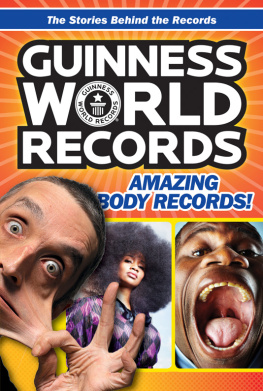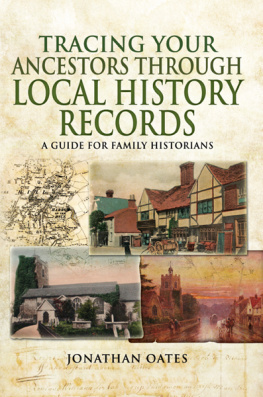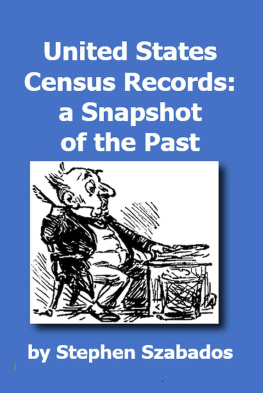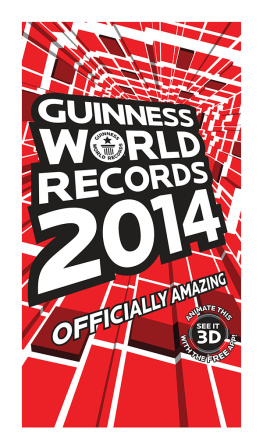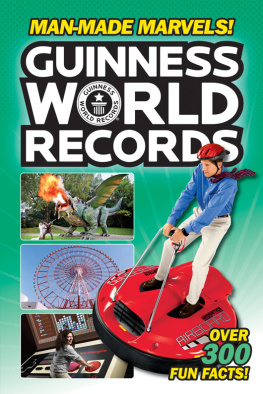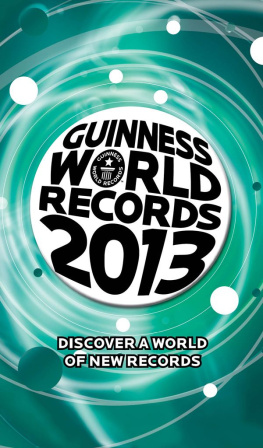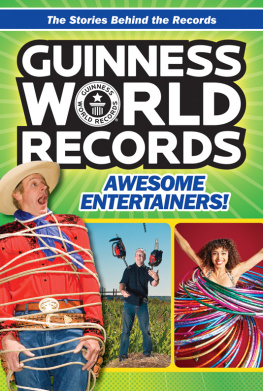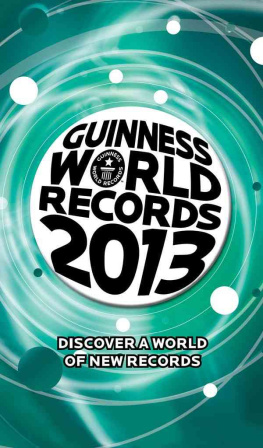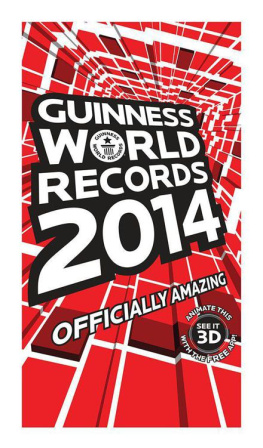THE IMPORTANCE OF RECORDS IN TELLING OURSTORIES
Anne Kidd
Copyright 2019 Anne Kidd
All rights reserved.
Distributed by Smashwords
This ebook is licensed for your personal enjoymentonly. This ebook may not be re-sold or given away to other people.If you would like to share this ebook with another person, pleasepurchase an additional copy for each person you share it with. Ifyoure reading this book and did not purchase it, or it was notpurchased for your use only, then you should return toSmashwords.com and purchase your own copy. Thank you for respectingthe hard work of this author.
Ebook formatting by ebooklaunch.com
Contents
Some of the stories contained in this account arebased on my time as a Records Worker in a support service forForgotten Australians, former Child Migrants and those who identifyas being part of the Stolen Generations. For legal and ethicalreasons and to maintain confidentiality, names have been changed.Specific details of events and incidents that happened to peoplewho I supported have been altered to ensure anonymity and to avoidany further harm. They have already suffered enough due to theirtime in care. In relation to other incidents and events such as theFirst World War and Second World War and my own family history, Iaccessed original sources and records to verify information. Iveprovided links to those sources under Notes andAcknowledgements.
*
This book is about the importance of records intelling our stories. It is about the significance of personalrecords, especially official historical records of our deceasedancestors and family members such as birth, baptism, death andmarriage records, divorce records, wills and probate, immigrationrecords, ship passenger lists or war service records. Records alsoprovide social, political and cultural contexts for understandingsense of place at the time the events and incidents took place.They provide valuable information for family researchers.Historical newspapers, journals and manuscripts, personal diariesof early public figures, oral histories, maps and rate books allhold keys to understanding our national history as well as ourpersonal stories.
It is not my intention here to outline indetail the different types of legislation that exists aroundrecords within Australia and the different states and territories,suffice to say that Privacy and Freedom of Information (FOI) lawsgovern access to personal records and information held by thevarious agencies, organizations and government bodies. The laws andpersonal identification required to access records are different ineach state and territory within Australia. There is specificcompliance legislation in place to protect the privacy ofindividuals and third parties to prevent identity theft. Personalrecords remain closed to the general public for people born lessthan 100 years ago unless they are deceased and a death certificateprovided to verify this. This safeguards someones privateinformation being released without their permission whilst they arestill alive. The retention and destruction of records andappropriate storage of records are all covered by legislation. FOIlaws govern access to records and information held by thegovernment. Whilst the general public has a right to make a requestand apply for information and records held by the government,exemptions exist to protect what information is released. There areappeal processes in place if the release of information is deniedfor whatever reason.
Records relating to a childs time in carein a non government agency or church based orphanages, childrenshomes or foster care are not covered by FOI laws. These privateagencies and organizations are covered by Privacy laws. There werea number of state run homes and orphanages in the last century ofwhich FOI applies. Sometimes records of a childs time in caremight be heavily redacted (blacked out), especially whereinformation is deemed as sensitive or relates to a third person.Applying for records is not always a straight forward process. Itcan take time and be extremely frustrating for the applicant aseach organization or FOI officer will often interpret legislationdifferently, thus affecting what information and record isreleased.
Our commonwealth government has built manyimpressive and magnificent buildings, like the Australian Instituteof Aboriginal and Torres Strait Islander Studies (AIATSIS) and theNational Library of Australia and National Archives of Australia,as repositories to house and archive our national records, originalmanuscripts, diaries, books and treasures. This is to ensure thatour national history is not lost or forgotten. The once home of theAustralian Institute of Anatomy in Canberra for example, now housesthe over two million works contained in the collection of TheNational Film and Sound Archives of Australia. The iconic buildingsthat house our national records are often revered in Australianspsyche for what they represent, like the Australian War Memorial inCanberra. The items held in safe keeping form part of our nationscollective conscious. They are priceless resources for what theycan tell us about our history and peoples and are irreplaceable,just like indigenous rock art paintings and artefacts are toAboriginal history. State and territorial governments also ensurethat local historical records are carefully preserved for futuregenerations and have extensive collections of rare items, artefactsand documents, which if placed end to end in a continuous linecover kilometres.
Records are so much more easily accessiblethese days with the internet and digitization leading to anexplosion in the area of family research. The large ancestrydatabases lure subscribers on the premise of finding genetic linksand distant relatives. And all this is a mere DNA match away. DNA,known as deoxyribonucleic acid is the specific molecule thatcontains the genetic code and can provide us with geneticinformation. Why are we so interested in finding out about ourfamily history and what difference does it make in knowing? As atool, when doing family research, records in all their variousforms can enhance our understanding, sense of belonging andconnection and sense of discovery of who we are. But nothing cancompare to the thrill of sourcing and then looking at the original,written historical document and record where possible. Thelanguage, choice of typeface and fonts, sketches and illustrations,layout of pages and acknowledgements in the publication speak ofthe era they were written and hold lots of other clues andinformation for researches. Oral history records, photos andmemorabilia and anecdotal stories passed down from one person toanother all add to the rich tapestry of someones life and what andwho came before them. But records can only ever tell part of thestory of someones lived experience.
This book describes the role records haveplayed in my work in helping other people make sense of who theyare. Its also about how records helped me in understanding myancestors stories and the journey I took to retrace their steps tohonour their memory, so that their sacrifices and lives would notbe forgotten.
It is in three parts beginning with my Welshancestors and the risks they were prepared to take in voyaging toAustralia in the 1850s to begin a new life in the fledging colonyof Victoria. I have relied on original sources and records toreconstruct what it must have been like for them arriving inMelbourne in 1853 as immigrants and settlers. It is also about mygrandfather and two of his brothers, my great uncles. My greatuncles fought in the First World War. Knowing family origins andthose connections across the generations is important to our senseof identity and where we came from. Military and family recordshelped me piece together the early parts of my family history. Itsalso about three strangers whose paths I crossed in Ypres (oftenwritten as leper or Leper) Belgium, during the winter of 2015 as Iretraced the steps of my great uncles more than one hundred yearsago on the Western Front. I was touched by their kindness and theirselflessness as they went about their daily lives with a deep senseof humility.


